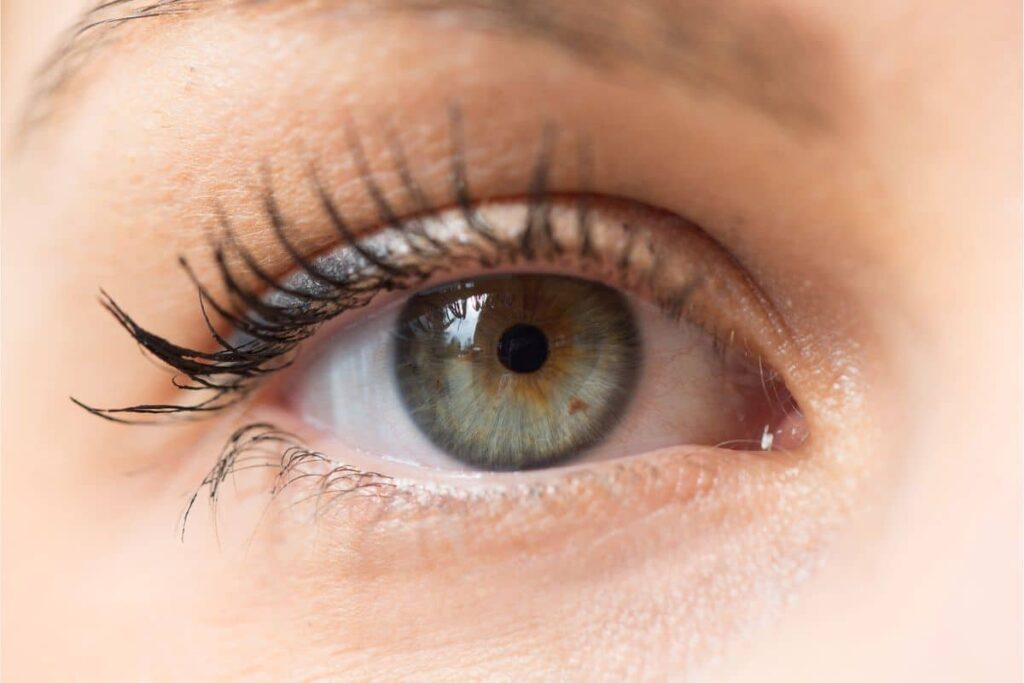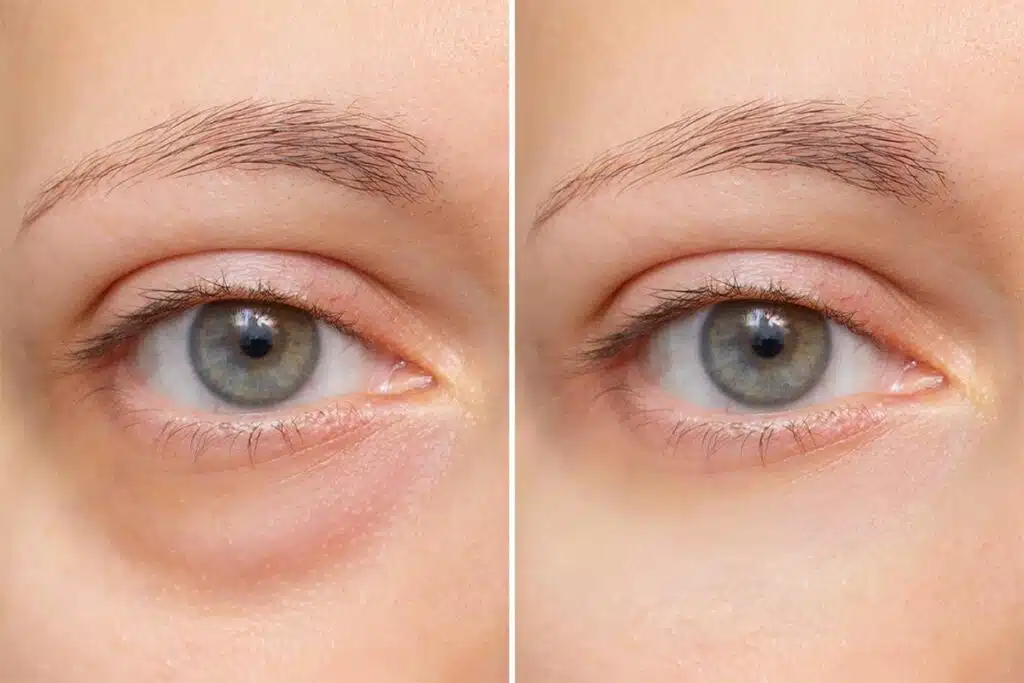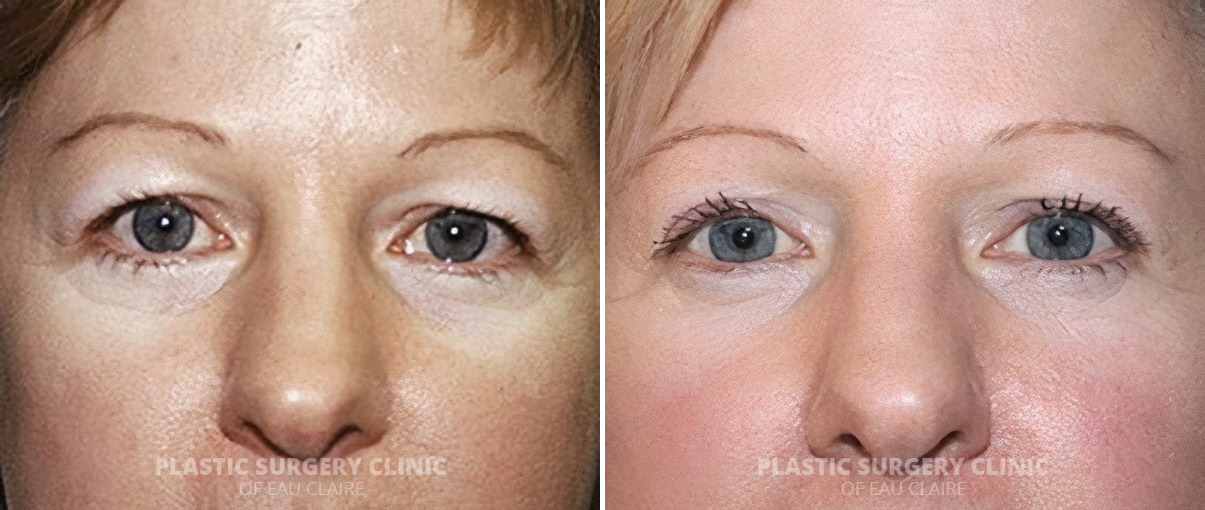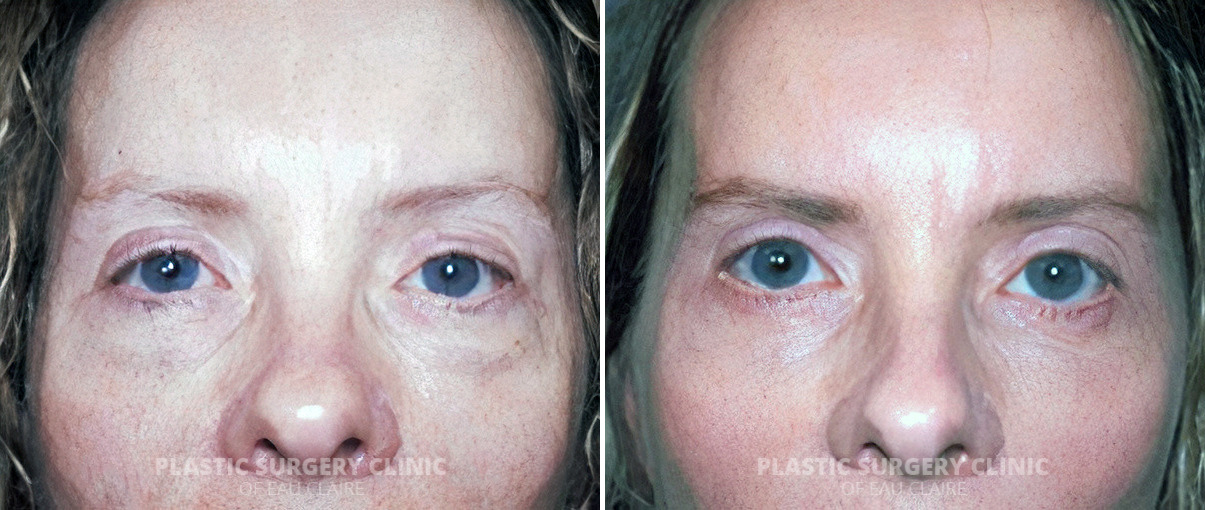Have you ever looked in the mirror and wondered why those stubborn eyelid bags and puffy eyes seem to stick around no matter how much rest you get? Under-eye concerns like dark circles, wrinkles, and puffiness can make you look more tired or older than you feel, leaving you searching for a lasting solution.
The good news is that cosmetic surgery offers effective ways to address these issues, restoring a refreshed and youthful look. When it comes to beauty, the right treatment can dramatically enhance your confidence and overall appearance—especially when it tackles the root cause of your under-eye concerns.

Is There a Way to Remove Bags Under Eyes Permanently?
Yes, several surgical treatments can effectively target under-eye bags, including transconjunctival blepharoplasty and lower lid blepharoplasty. These procedures address the excess skin, fat, and tissue that cause puffy bags. While there are many types of surgery available, blepharoplasty remains the most reliable way to remove eyelid bags for good.
This type of surgery not only reduces puffiness but also smooths the area beneath the eyes, helping to eliminate sagging skin and improve the overall contour of the face. Unlike temporary fixes, lower lid blepharoplasty offers long-lasting results, making it the gold standard for those seeking a permanent solution to under-eye concerns.
How Does Lower Eyelid Blepharoplasty Work?
Lower eyelid blepharoplasty is one of the most popular cosmetic procedures for rejuvenating the eye area. Often referred to as an eyelid lift, the surgery begins with the surgeon making a small incision just beneath the lower eyelashes or inside the lower eyelid, depending on the patient’s needs and goals. This discreet placement helps ensure minimal visible scarring once the area heals.
The procedure can be performed under local anesthesia or general anesthesia, making it a flexible option for patients based on comfort and medical recommendations. Once the incision is made, the surgeon gains access to the underlying structures to address the specific issues contributing to the appearance of eye bags.

Fat repositioning or removal
During lower eyelid blepharoplasty, one of the key steps involves addressing excess fat deposits that contribute to puffiness under the eyes. Depending on the patient’s anatomy and desired results, the surgeon may choose to remove or reposition this fat to create a smoother, more youthful contour. This careful adjustment helps reduce the bulging effect while preserving natural volume for a balanced appearance.
Skin tightening
This stage of the procedure focuses on improving the firmness and elasticity of the eyelid skin. The surgeon carefully removes or tightens loose skin to smooth out fine lines and create a more refined appearance under the eyes. By addressing sagging tissue without over-tightening, the result is a natural look that complements the rest of the face while enhancing the youthful contour of the lower eyelids.
Are You Ready For A Consultation?
Join our satisfied clients who’ve experienced safe, effective treatments
The Eye Bag Surgery Recovery Process
After blepharoplasty surgery, patients can expect some temporary side effects such as bruising, dry eyes, and swelling, which are part of the body’s natural healing response. These symptoms usually subside within days to weeks, and most people can resume normal activities in a relatively short time. Following the surgeon’s care instructions is essential to promote healing and maintain the results.
Beyond the initial recovery, there are practical steps that can help accelerate the healing process and even reduce the risk of developing eye bags in the future. From managing lifestyle factors to supporting skin health, these measures can make a noticeable difference in the long-term outcome of your procedure.
Cold compresses
Applying cold compresses to the eye area during the first 48 hours after surgery can significantly reduce swelling and discomfort. The cool temperature helps constrict blood vessels, minimizing bruising and speeding up the healing process. Be sure to follow your surgeon’s recommendations for frequency and duration to avoid skin irritation or excessive pressure on the surgical site.
Avoid Smoking
Smoking can significantly slow down the healing process after eyelid surgery by reducing blood flow and oxygen delivery to the tissues. Nicotine and other harmful chemicals impair circulation, which can delay recovery and increase the risk of complications. Avoiding smoking before and after surgery helps ensure optimal healing, maintains skin quality, and preserves the long-term results of your procedure.
Getting enough sleep
Proper rest is essential for recovery, as it allows the body to focus its energy on repairing tissues and reducing inflammation. A lack of sleep can slow down healing, increase swelling, and even contribute to the recurrence of under-eye puffiness. Aim for consistent, high-quality sleep each night to support recovery and maintain the long-term benefits of your surgery.
Hydration and diet
Maintaining proper hydration and a nutrient-rich diet can significantly support the healing process after surgery. Drinking enough water helps keep tissues hydrated and resilient, while a balanced diet provides essential vitamins and minerals for recovery. Reducing salt intake during this period can help prevent excess fluid retention and swelling around the delicate under-eye area.
Gentle massages
Gentle massages, when approved by your surgeon, can help stimulate circulation and reduce swelling in the days following surgery. These light, careful movements around the treated area should be performed only after the sutures have been removed or fully healed. Always follow professional guidance to avoid putting unnecessary pressure on healing tissues.
Sun protection
Protecting your skin from harmful UV rays is critical during recovery, as sun exposure can worsen swelling, delay healing, and even cause discoloration in the treated area. Use a high-SPF sunscreen and wear sunglasses to shield the delicate skin around your eyes. This not only helps safeguard your surgical results but also promotes long-term skin health.
Elevating your head during sleep
Keeping your head elevated while sleeping can help reduce swelling and promote proper drainage of fluids from the surgical area. Using extra pillows or a wedge pillow for the first few nights after surgery can make a noticeable difference in comfort and recovery speed. This simple step supports healing and helps maintain the refreshed appearance achieved through your procedure.
Blepharoplasty Before and After Photos


* Each patient is unique and individual results may vary.
Other Treatment Options for Eye Bag Removal
While surgery is often the most definitive solution for under-eye bags, there are also non-surgical options and other procedures that may help improve the appearance of this area. These treatments can be ideal for those who prefer less invasive approaches, are not yet ready for surgery, or wish to complement their surgical results. From injectable fillers to laser-based therapies, each option comes with its own benefits, limitations, and suitability depending on the individual’s needs and goals.
Dermal Fillers
Eye fillers, typically made from hyaluronic acid, are a popular non-surgical method for smoothing the under-eye area and reducing the appearance of bags. These injections work by adding subtle volume where hollowness or shadowing occurs, which can help blend the transition between the lower eyelid and cheek. While the results are not permanent, eye fillers can offer a quick, minimally invasive option for those seeking temporary improvement without undergoing surgery.
Laser Resurfacing
Laser resurfacing is a non-surgical procedure that uses precise laser treatments to improve skin texture, tone, and firmness around the under-eye area. By stimulating collagen production, this technique can reduce fine lines, tighten mild sagging, and enhance overall smoothness. While it may not remove deep bags caused by significant fat deposits, laser resurfacing can be an excellent complement to other treatments or a stand-alone option for those with early signs of aging.
Natural Remedies
Some people explore home remedies in hopes of reducing the appearance of eye bags without medical intervention. Popular methods include using a chilled spoon or cucumber slices to temporarily soothe puffiness, as well as managing allergies to prevent fluid buildup. While these approaches may offer mild, short-term relief, they have limitations and cannot address structural issues like fat deposits or loose skin. For lasting improvement, professional treatments are usually necessary.
Schedule a Consultation with an Expert Plastic Surgeon
When it comes to plastic surgery procedures for the delicate eye area, experience matters. An expert can ensure natural-looking results that enhance your overall face while preserving your unique expressions. Choosing a skilled surgeon helps reduce risks and ensures that every detail is carefully addressed.
At Plastic Surgery Clinic of Eau Claire, Dr. Ember Ewings offers exceptional care backed by years of specialized training. She earned her medical degree from the University of Wisconsin-Madison School of Medicine, completed her plastic surgery residency at Saint Louis University, and gained advanced fellowship experience in pediatric and craniofacial surgery in both Memphis and Paris. Board-certified by the American Board of Plastic Surgery, Dr. Ewings combines technical precision with an artistic eye. Call us today at 715-833-2116 or visit our contact page to schedule your consultation.


